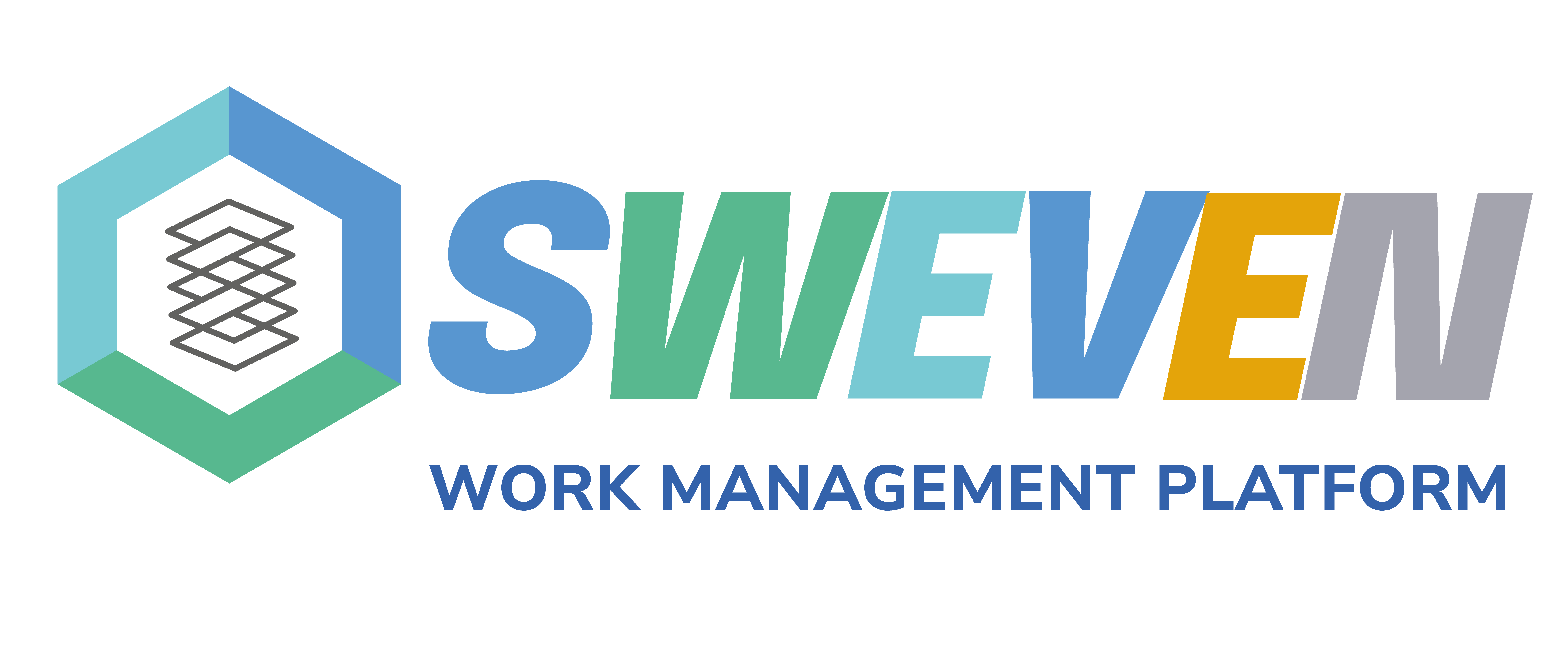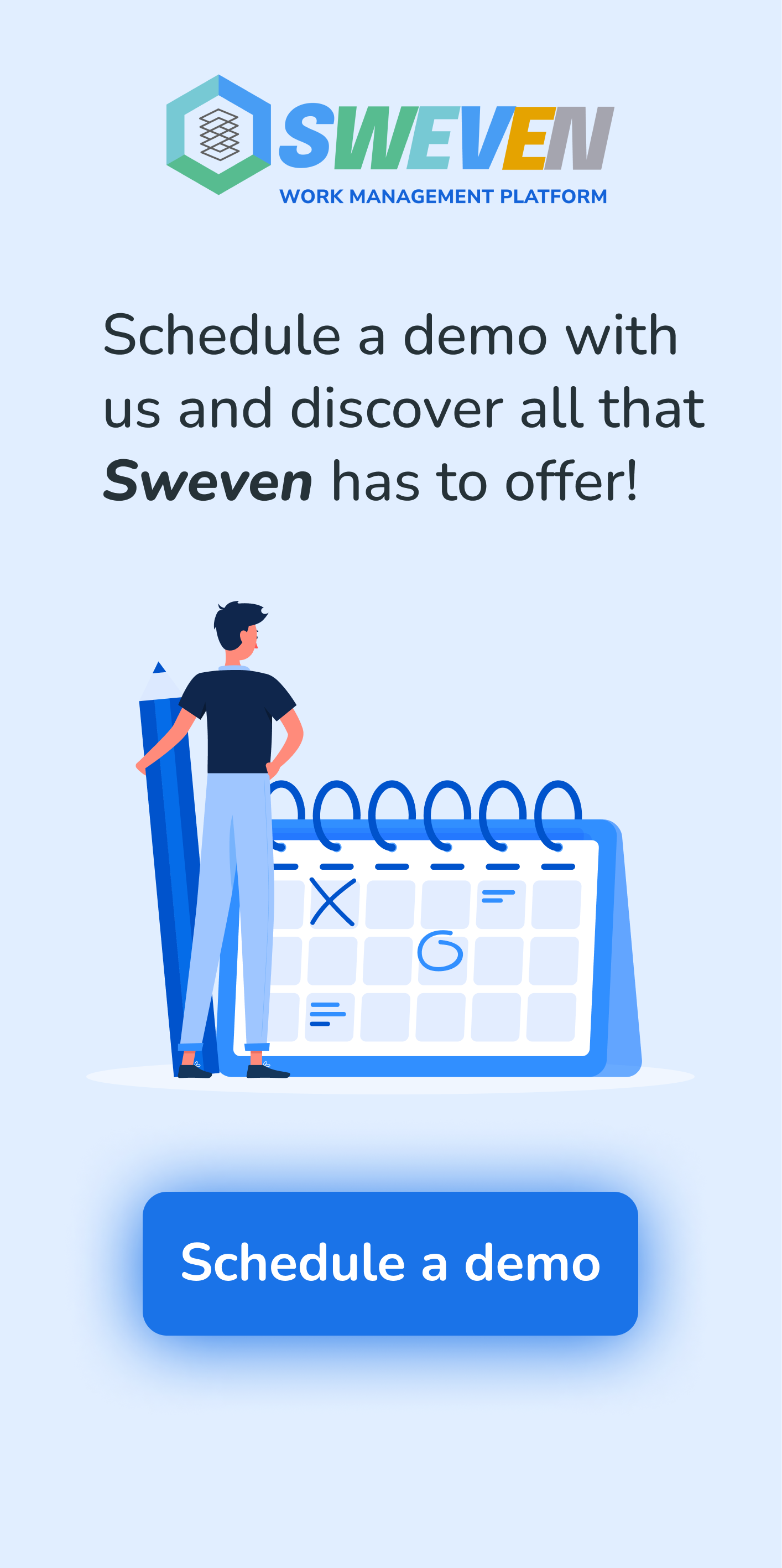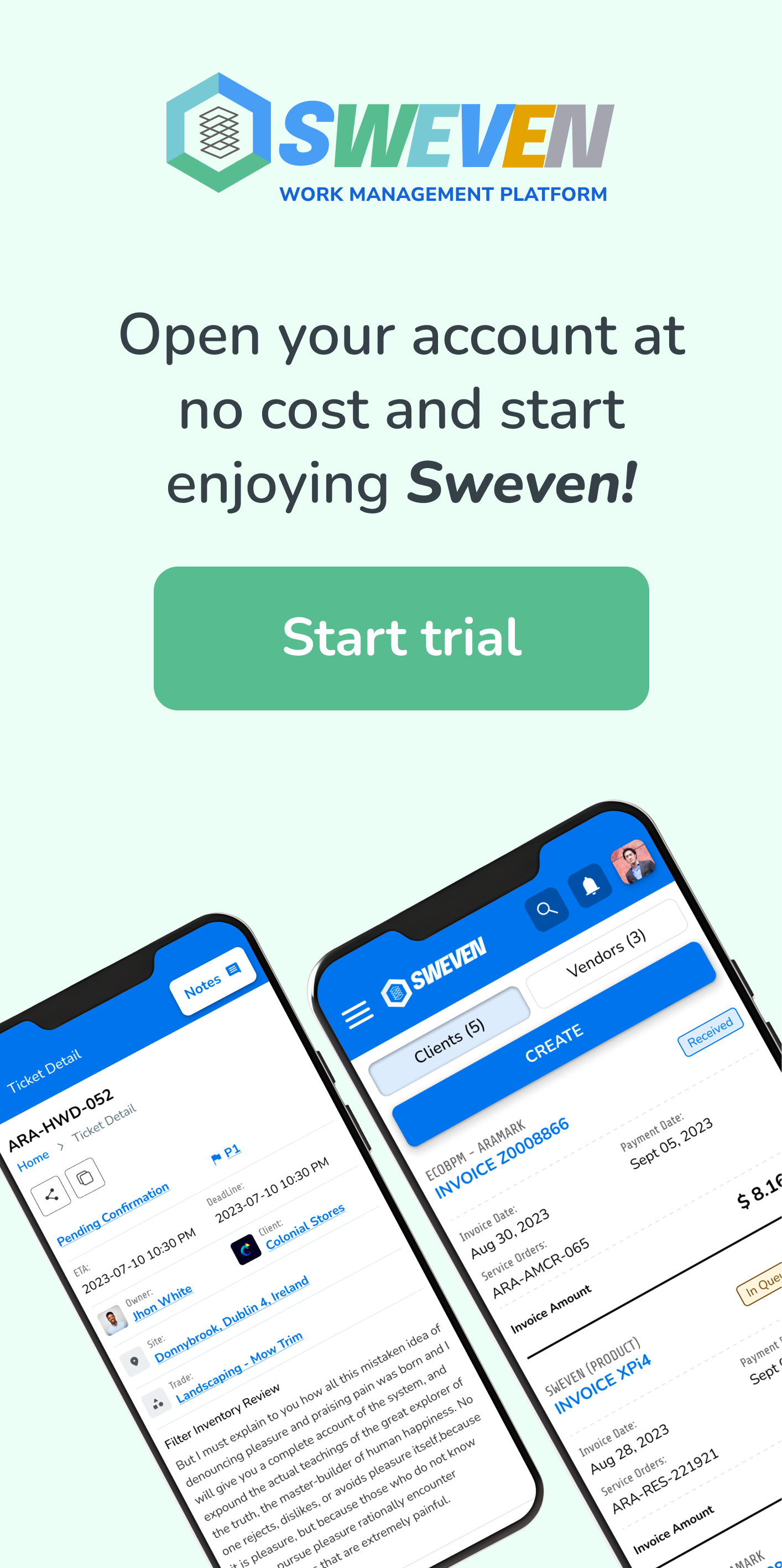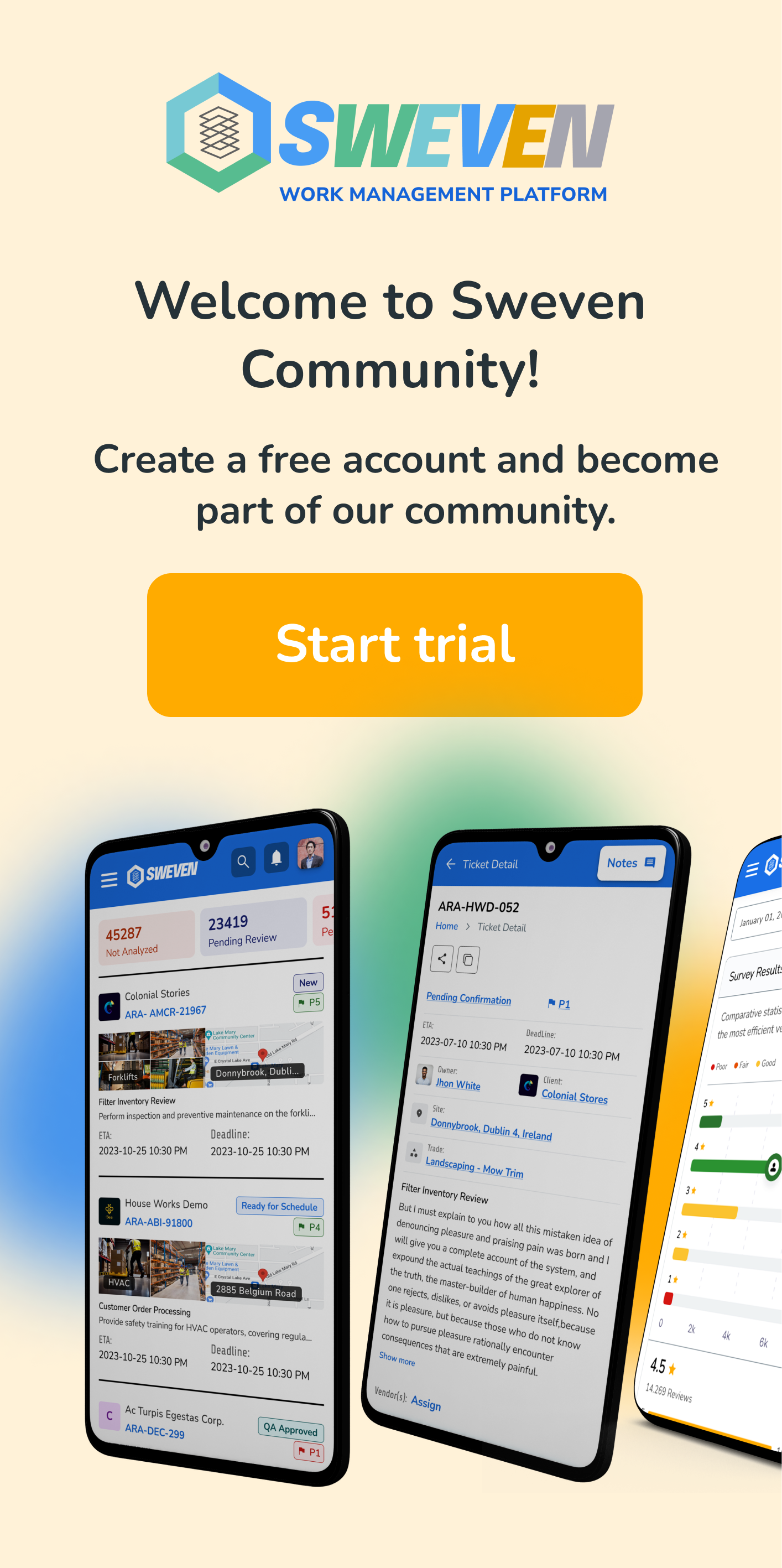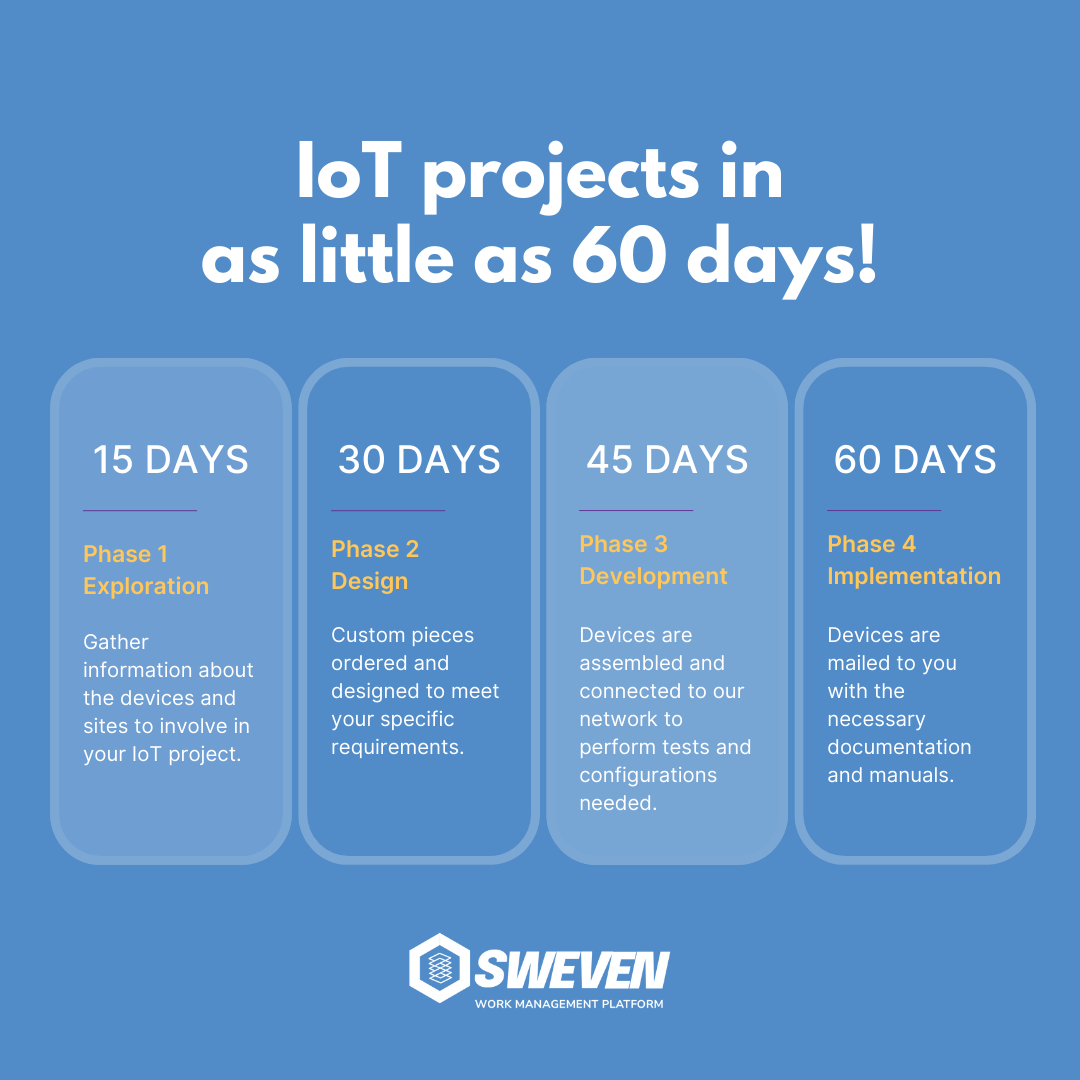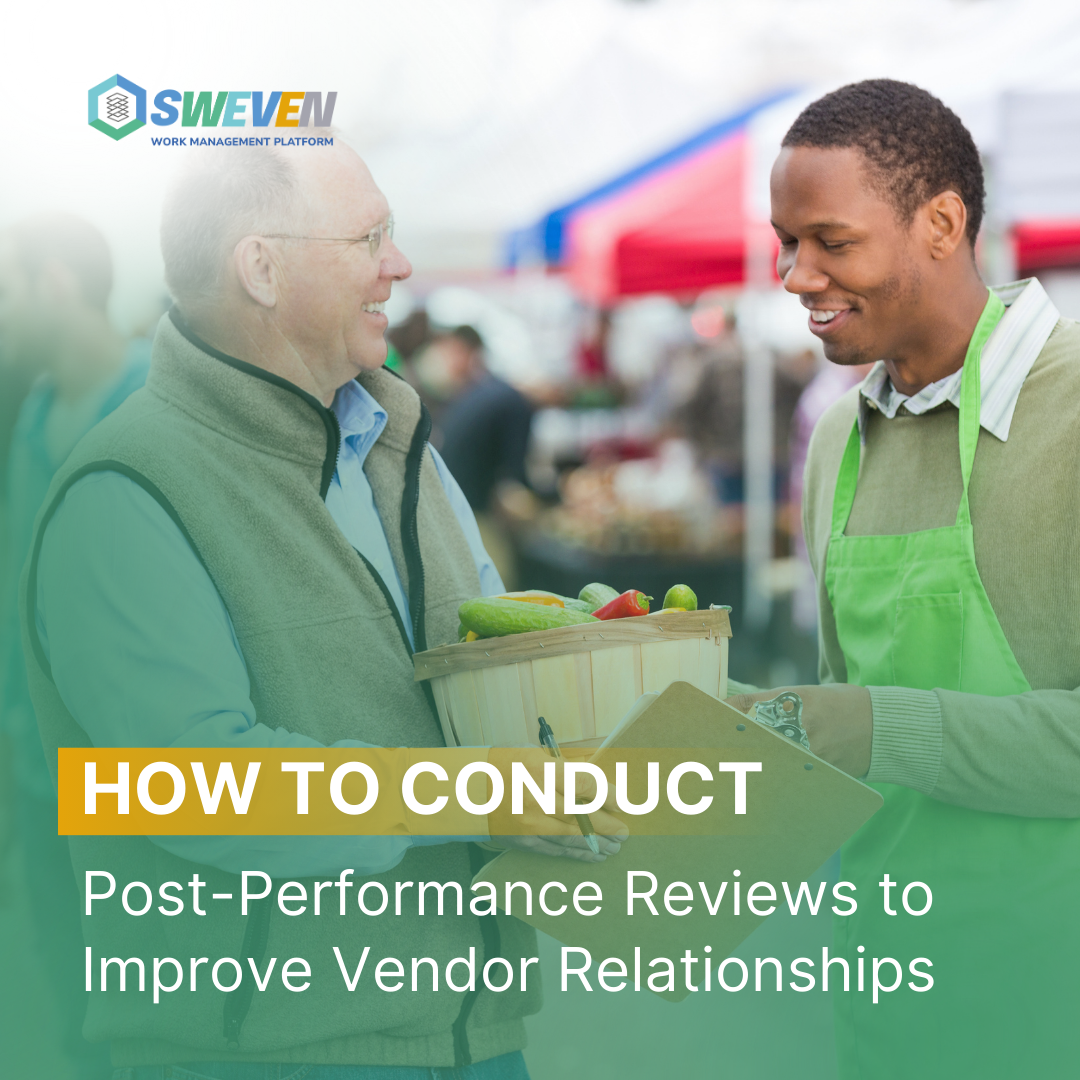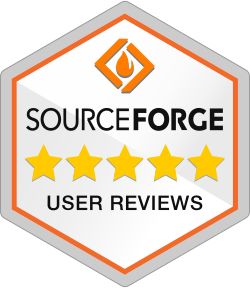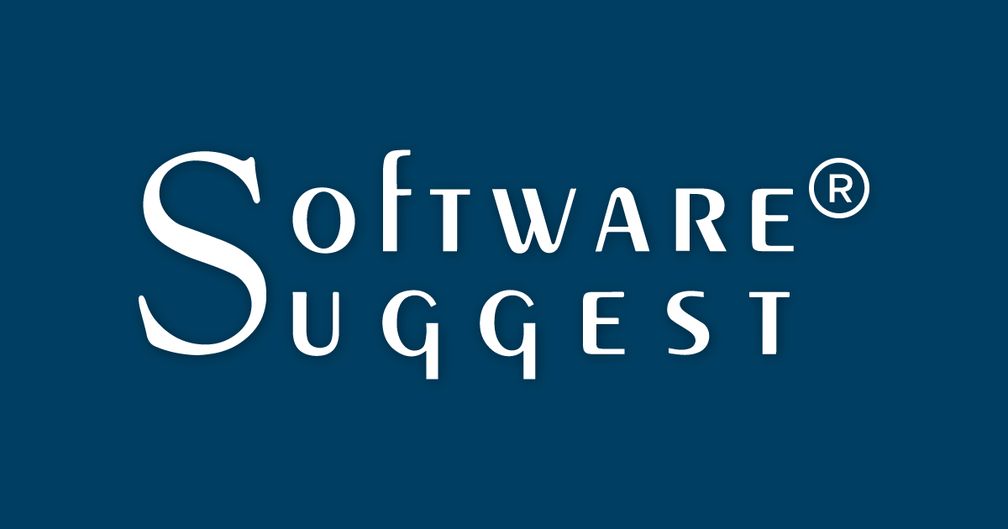
As a vendor manager, your role involves juggling various responsibilities, from negotiating contracts to ensuring vendors deliver their goods and services on time and within budget. However, one of the most persistent challenges in vendor management is the unclear ownership of vendor responsibilities. When there is ambiguity over who is responsible for what, it can lead to miscommunications, delays, compliance issues, and strained relationships with vendors.
To address these challenges effectively, vendor managers need a system that clearly defines responsibilities, streamlines communication, and ensures accountability. Sweven BPM (Business Process Management) is a comprehensive solution designed to help vendor managers achieve these goals by providing a clear framework for managing vendor responsibilities and enhancing collaboration.
The Problem of Unclear Ownership of Vendor Responsibilities
Unclear ownership of vendor responsibilities can cause significant issues in the vendor management process. Some of the most common problems include:
- Miscommunication and Delays: When responsibilities are not clearly defined, miscommunication can occur between the vendor, the vendor manager, and other stakeholders. This can lead to delays in service delivery, incomplete work, and overall project setbacks.
- Duplication of Efforts: Ambiguity over responsibilities can result in multiple parties performing the same tasks, leading to wasted resources and duplicated efforts.
- Lack of Accountability: Without a clear understanding of who is responsible for what, it becomes challenging to hold vendors or internal teams accountable for their actions. This lack of accountability can lead to poor performance and a lack of commitment to achieving desired outcomes.
- Compliance Issues: When vendor responsibilities are not clearly defined, it can be difficult to ensure compliance with contractual obligations, industry regulations, and internal policies. This poses a significant risk to the organization.
- Strained Vendor Relationships: Ambiguity over roles and responsibilities can cause frustration and tension between vendors and the organization, resulting in strained relationships and potential disruptions to the supply chain.
- Inefficient Dispute Resolution: Disputes over responsibilities can arise when there is no clear ownership, making it difficult to resolve issues efficiently. This can lead to prolonged disputes, increased costs, and damaged vendor relationships.
Strategies for Clarifying Vendor Responsibilities

To address the challenge of unclear ownership of vendor responsibilities, vendor managers can implement several strategies:
- Define Clear Roles and Responsibilities: Clearly define the roles and responsibilities of each vendor and internal team involved in the vendor management process. Ensure that these roles are communicated effectively to all parties.
- Create a Responsibility Matrix: Develop a responsibility assignment matrix (e.g., RACI chart) that outlines who is responsible, accountable, consulted, and informed for each task or deliverable. This helps clarify ownership and ensures that everyone understands their role.
- Implement Standardized Contracts: Use standardized contracts that clearly specify the responsibilities, deliverables, and performance expectations for each vendor. Include clear terms for accountability and consequences for non-compliance.
- Use Collaborative Tools: Leverage collaborative tools that facilitate communication and coordination among all stakeholders. Ensure that all parties have access to the same information and updates in real time.
- Regularly Review and Update Responsibilities: Regularly review and update the responsibilities of vendors and internal teams to reflect any changes in the scope of work, contracts, or organizational needs. Ensure that these updates are communicated to all relevant parties.
- Utilize Business Process Management Tools: Implement a Business Process Management (BPM) tool to streamline the management of vendor responsibilities. A BPM tool can help automate processes, track responsibilities, and ensure accountability across the organization.
How Sweven BPM Can Help Clarify Vendor Responsibilities
Sweven BPM is an advanced Business Process Management solution that can help vendor managers address the challenge of unclear ownership of vendor responsibilities. Here’s how Sweven BPM can enhance clarity, accountability, and efficiency in vendor management:
- Centralized Platform for Managing Responsibilities: Sweven BPM provides a centralized platform where all vendor-related information, documents, and processes are stored and managed. Vendor managers can clearly define and assign responsibilities, ensuring that all parties have access to up-to-date information. This centralization reduces ambiguity and ensures transparency across the organization.
- Automated Workflows and Task Assignment: Sweven BPM allows vendor managers to create automated workflows that define the sequence of tasks and assign specific responsibilities to vendors and internal teams. The platform automatically routes tasks to the right stakeholders, ensuring that everyone knows their role and responsibilities. This automation eliminates confusion and minimizes the risk of missed deadlines or incomplete tasks.
- Responsibility Matrices and Reporting: Sweven BPM supports the creation of responsibility matrices (e.g., RACI charts) within the platform. Vendor managers can map out the roles and responsibilities of each stakeholder involved in vendor management processes. Additionally, the platform offers customizable reporting tools to track performance, monitor progress, and ensure accountability.
- Real-Time Collaboration and Communication Tools: Sweven BPM includes real-time collaboration and communication tools that enable vendor managers, vendors, and internal teams to stay connected and informed. This ensures that everyone is on the same page, reducing the chances of miscommunication or misunderstandings about responsibilities.
- Compliance and Audit Trail: Sweven BPM maintains a comprehensive audit trail of all vendor-related activities, including task assignments, status updates, and communications. This audit trail provides a clear record of who is responsible for each task, when it was completed, and any changes made. The audit trail is invaluable for compliance purposes and helps resolve disputes efficiently.
- Automated Alerts and Notifications: Sweven BPM can be configured to send automated alerts and notifications to stakeholders, reminding them of their responsibilities and deadlines. This ensures that tasks are completed on time and that vendors and internal teams are held accountable for their actions.
- Dynamic Adaptation to Changes: Sweven BPM allows vendor managers to dynamically update roles, responsibilities, and workflows as project scopes or organizational needs change. This flexibility ensures that the vendor management process remains aligned with current objectives and minimizes disruption.
Key Benefits of Using Sweven BPM to Clarify Vendor Responsibilities
By leveraging Sweven BPM, vendor managers can achieve several benefits that improve clarity, accountability, and efficiency in vendor management:
- Clearer Roles and Responsibilities: Sweven BPM’s centralized platform, automated workflows, and responsibility matrices provide a clear framework for defining and assigning responsibilities, reducing ambiguity and enhancing accountability.
- Improved Communication and Collaboration: The platform’s real-time collaboration tools facilitate effective communication between vendors and internal teams, ensuring that everyone understands their roles and responsibilities.
- Enhanced Compliance and Audit Capabilities: Sweven BPM’s audit trail and compliance features ensure that all activities are documented and monitored, reducing compliance risks and facilitating efficient dispute resolution.
- Greater Efficiency and Reduced Errors: Automated workflows, task assignments, and alerts reduce manual intervention, minimize errors, and ensure that responsibilities are managed efficiently.
- Better Vendor Relationships: By clearly defining responsibilities and maintaining effective communication, Sweven BPM helps build trust and strengthens relationships with vendors, leading to better collaboration and performance.

Conclusion
Unclear ownership of vendor responsibilities is a significant challenge that can lead to miscommunication, delays, compliance issues, and strained vendor relationships. However, by implementing Sweven BPM, vendor managers can streamline the vendor management process, define clear roles and responsibilities, and enhance accountability.
Sweven BPM offers a range of tools and features, including automated workflows, real-time collaboration, responsibility matrices, and comprehensive audit trails, that help vendor managers overcome the challenges of unclear ownership. By using Sweven BPM, vendor managers can ensure that vendor responsibilities are clearly defined, efficiently managed, and aligned with organizational goals, ultimately leading to more successful and productive vendor relationships.
If you are a vendor manager struggling with unclear ownership of vendor responsibilities, consider adopting Sweven BPM to bring clarity, efficiency, and accountability to your vendor management processes.
